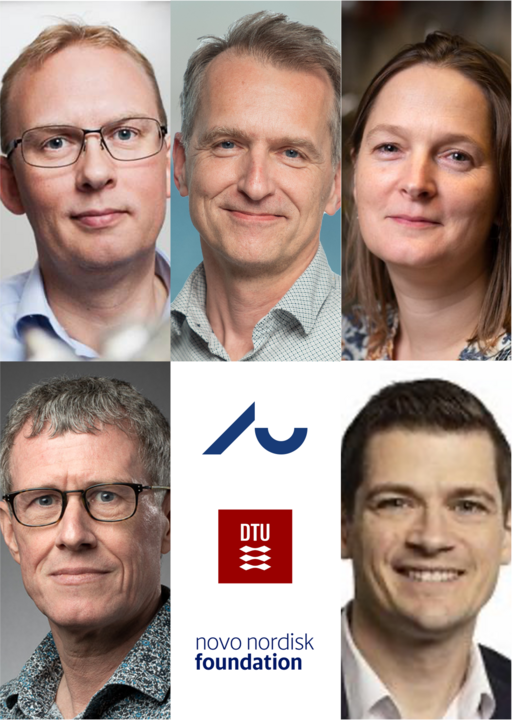New research facilities will help us understand the chemical properties of surfaces
Accurate understanding of the chemistry of surfaces is crucial for many existing and new technologies within life- and materials science, among others. With a grant from the Novo Nordisk Foundation, Aarhus University is the first place in Denmark to obtain an X-ray-based spectroscope, called NAP-XPS. The equipment will tell us, for example, how new materials for the production of green hydrogen are composed or how to treat the surface of an implant so that it is not rejected by the body.

Researchers from Aarhus University and the Technical University of Denmark (DTU) have secured a grant of DKK 17.8 million from the Novo Nordisk Foundation to establish a new research infrastructure that has the potential to revolutionise our understanding of the chemical properties of surfaces.
The new research infrastructure focuses on the development of Near-ambient pressure X-ray photoelectron spectroscopy (NAP-XPS), an advanced technology in surface chemical analysis using X-ray photoelectron spectroscopy. This new instrument makes it possible to analyse surfaces and interfaces directly in gas or liquid environments, opening the door to a range of new research opportunities.
"The technique is well known and widely used at iNANO and the departments at Aarhus University, but until now we have been limited to analysing samples that can withstand vacuum," explains Professor Jeppe Vang Lauritsen from the Interdisciplinary Nanoscience Center (iNANO). "With the new instrument, it will be possible to look at 'living' samples while they are in contact with a liquid or while they are exposed to gases, for example. This opens up completely new possibilities for studying electrocatalysis, biofilms, polymers and even the transport of gases through the surface of a liquid, for example in connection with the binding of CO2."
This technological innovation will allow researchers across Denmark to explore working interfaces in-situ, leading to scientific breakthroughs and innovation in life sciences, energy storage, catalysis and environmental chemistry. The NAP-XPS instrument will be the first of its kind in Denmark and will be located at iNANO at Aarhus University, where there is extensive scientific and technical experience with instrument development, data analysis and application of XPS in interdisciplinary scientific fields.
Professor Jeppe Vang Lauritsen will be the head of the new research infrastructure, but Professor Kim Daasbjerg (Department of Chemistry, AU), Liv Hornekær (Department of Physics and Astronomy, AU), Senior Researcher Morten Foss (iNANO) and Professor Jakob Kibsgaard (DTU) will also be involved in the establishment of the infrastructure.
The grant from the Novo Nordisk Foundation is part of 11 new grants to establish high-quality research infrastructure at Danish research institutions. These facilities will be accessible not only to academia but also to industry, which is expected to strengthen collaboration and create platforms for new knowledge and innovation.
For further information, please contact:
Professor Jeppe Vang Lauritsen
Interdisciplinary Nanoscience Centre (iNANO)
Aarhus University
Email: jvang@inano.au.dk
